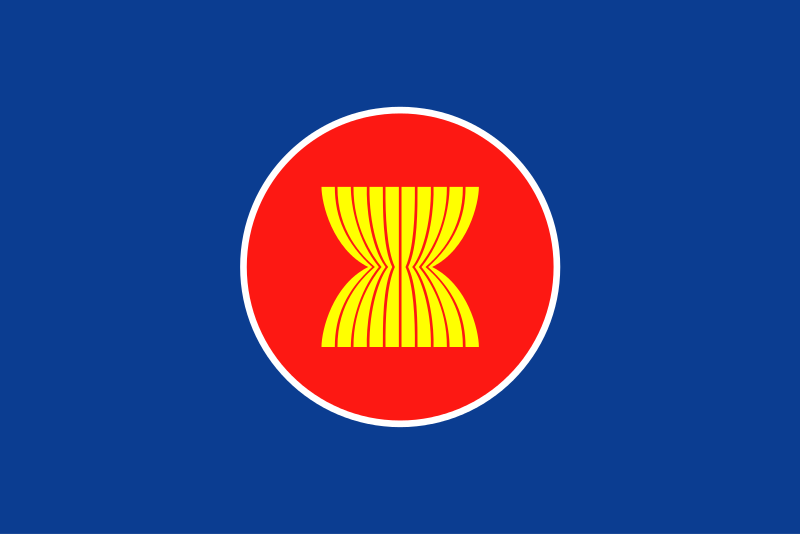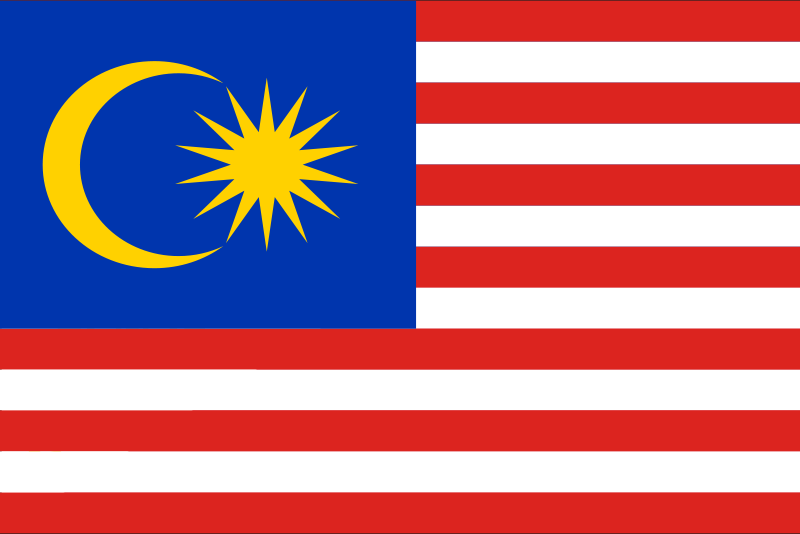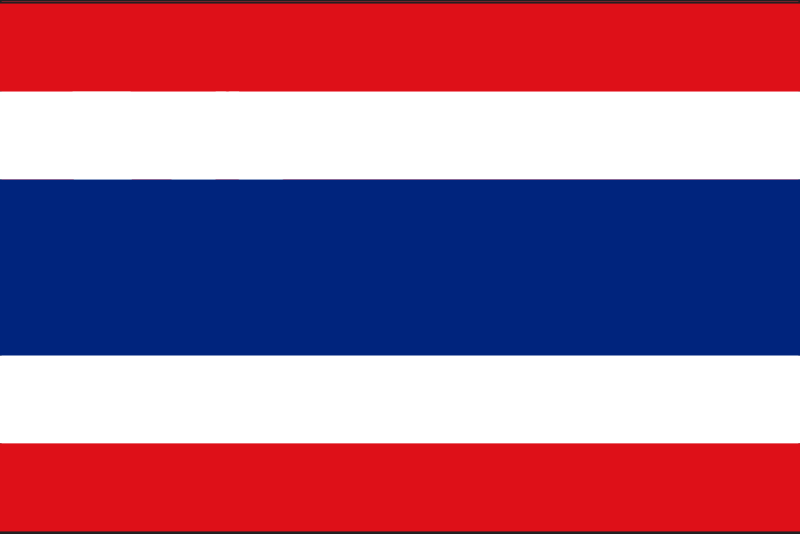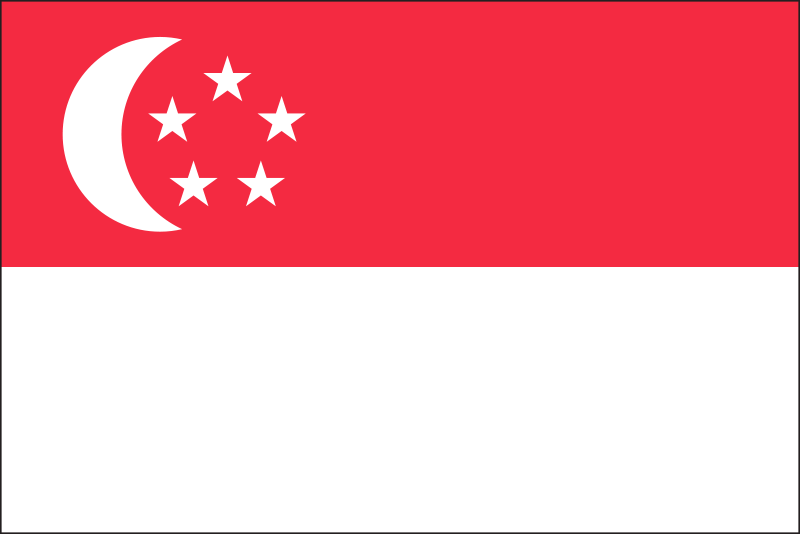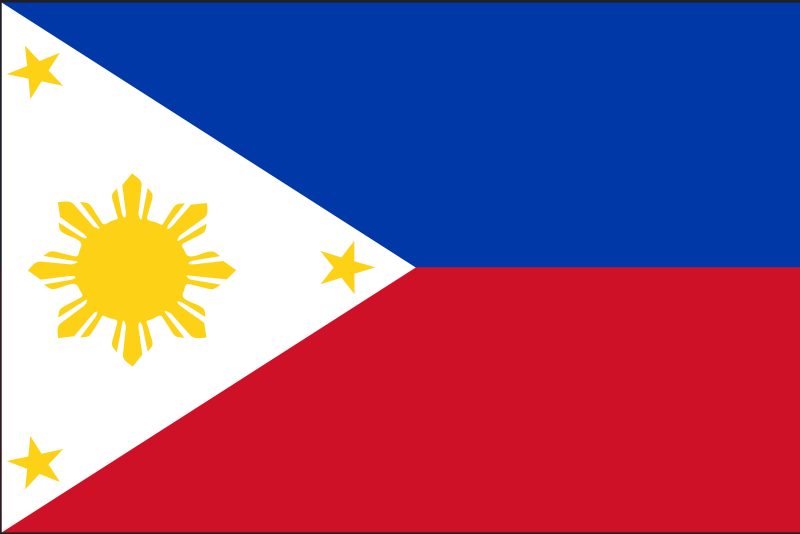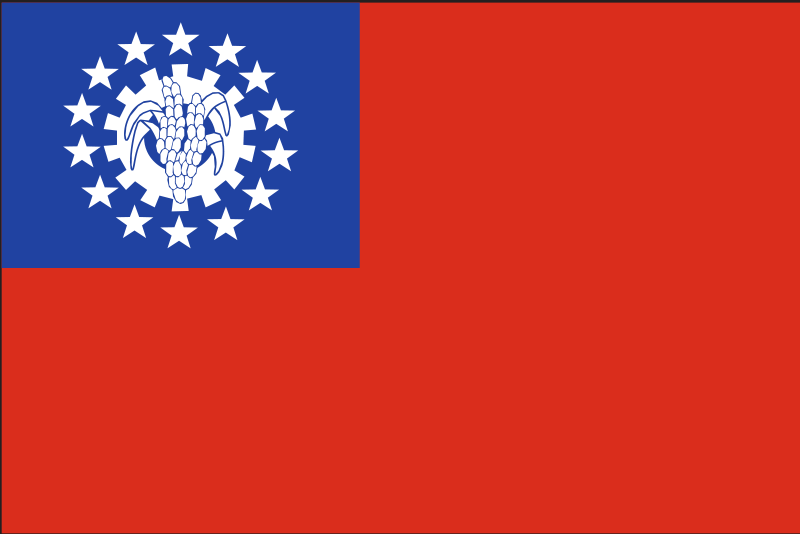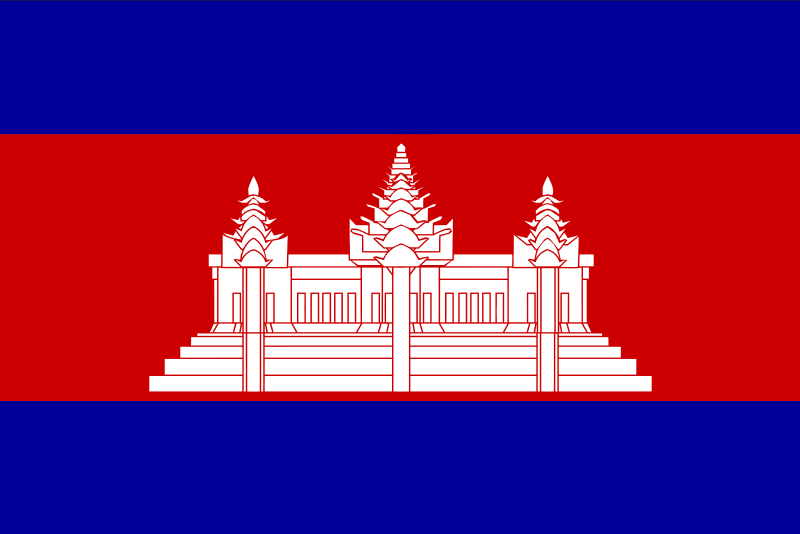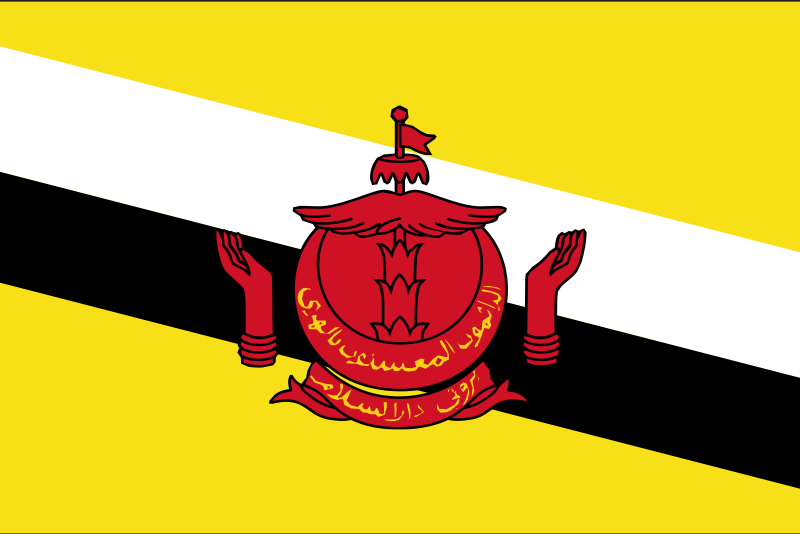About ASEAN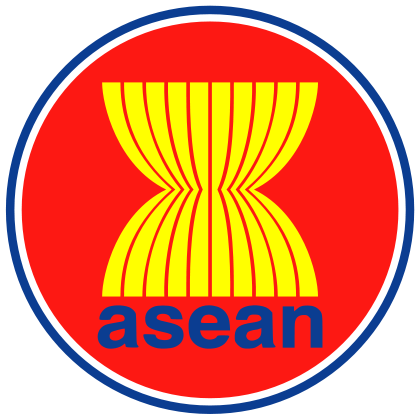 The Association of Southeast Asian Nations, or ASEAN, was established on 8 August 1967 in Bangkok, Thailand, with the signing of the ASEAN Declaration (Bangkok Declaration) by the Founding Fathers of ASEAN, namely Indonesia, Malaysia, Philippines, Singapore and Thailand. Brunei Darussalam then joined on 7 January 1984, Viet Nam on 28 July 1995, Lao PDR and Myanmar on 23 July 1997, and Cambodia on 30 April 1999, making up what is today the ten Member States of ASEAN.
The Association of Southeast Asian Nations, or ASEAN, was established on 8 August 1967 in Bangkok, Thailand, with the signing of the ASEAN Declaration (Bangkok Declaration) by the Founding Fathers of ASEAN, namely Indonesia, Malaysia, Philippines, Singapore and Thailand. Brunei Darussalam then joined on 7 January 1984, Viet Nam on 28 July 1995, Lao PDR and Myanmar on 23 July 1997, and Cambodia on 30 April 1999, making up what is today the ten Member States of ASEAN.
The Association of Southeast Asian Nations a geo-political and economic organization of ten countries located in Southeast Asia, which was formed on 8 August 1967 by Indonesia, Malaysia, Philippines, Singapore and Thailand. Since then, membership has expanded to include Brunei, Burma (Myanmar), Cambodia, Laos, and Vietnam. Its aims include accelerating economic growth, social progress, cultural development among its members, protection of regional peace and stability, and opportunities for member countries to discuss differences peacefully.
ASEAN covers a land area of 4.46 million km², which is 3% of the total land area of Earth, and has a population of approximately 600 million people, which is 8.8% of the world’s population. The sea area of ASEAN is about three times larger than its land counterpart. In 2010, its combined nominal GDP had grown to US$1.8 trillion. If ASEAN were a single entity, it would rank as the tenth largest economy in the world, behind the United States, China, Japan, India, Germany, Russia, France, Canada, Spain, Brazil, the United Kingdom, and Italy.
History
ASEAN was preceded by an organization called the Association of Southeast Asia, commonly called ASA, an alliance consisting of the Philippines, Malaysia and Thailand that was formed in 1961. The bloc itself, however, was established on 8 August 1967, when foreign ministers of five countries – Indonesia, Malaysia, the Philippines, Singapore, and Thailand – met at the Thai Department of Foreign Affairs building in Bangkok and signed the ASEAN Declaration, more commonly known as the Bangkok Declaration. The five foreign ministers – Adam Malik of Indonesia, Narciso Ramos of the Philippines, Abdul Razak of Malaysia, S. Rajaratnam of Singapore, and Thanat Khoman of Thailand – are considered the organization’s Founding Fathers.
The motivations for the birth of ASEAN were so that its members’ governing elite could concentrate on nation building, the common fear of communism, reduced faith in or mistrust of external powers in the 1960s, and a desire for economic development; not to mention Indonesia’s ambition to become a regional hegemon through regional cooperation and the hope on the part of Malaysia and Singapore to constrain Indonesia and bring it into a more cooperative framework.
Papua New Guinea was accorded Observer status in 1976 and Special Observer status in 1981. Papua New Guinea is a Melanesian state. ASEAN embarked on a program of economic cooperation following the Bali Summit of 1976. This floundered in the mid-1980s and was only revived around 1991 due to a Thai proposal for a regional free trade area. The bloc grew when Brunei Darussalam became the sixth member on 8 January 1984, barely a week after gaining independence on 1 January.
Continued expansion
On 28 July 1995, Vietnam became the seventh member. Laos and Myanmar (Burma) joined two years later on 23 July 1997. Cambodia was to have joined together with Laos and Burma, but was deferred due to the country’s internal political struggle. The country later joined on 30 April 1999, following the stabilization of its government.
During the 1990s, the bloc experienced an increase in both membership and drive for further integration. In 1990, Malaysia proposed the creation of an East Asia Economic Caucus comprising the then members of ASEAN as well as the People’s Republic of China, Japan, and South Korea, with the intention of counterbalancing the growing influence of the United States in the Asia-Pacific Economic Cooperation (APEC) and in the Asian region as a whole. This proposal failed, however, because of heavy opposition from the United States and Japan. Despite this failure, member states continued to work for further integration and ASEAN Plus Three was created in 1997.
In 1992, the Common Effective Preferential Tariff (CEPT) scheme was signed as a schedule for phasing tariffs and as a goal to increase the region’s competitive advantage as a production base geared for the world market. This law would act as the framework for the ASEAN Free Trade Area. After the East Asian Financial Crisis of 1997, a revival of the Malaysian proposal was established in Chiang Mai, known as the Chiang Mai Initiative, which calls for better integration between the economies of ASEAN as well as the ASEAN Plus Three countries (China, Japan, and South Korea).
Aside from improving each member state’s economies, the bloc also focused on peace and stability in the region. On 15 December 1995, the Southeast Asian Nuclear-Weapon-Free Zone Treaty was signed with the intention of turning Southeast Asia into a Nuclear-Weapon-Free Zone. The treaty took effect on 28 March 1997 after all but one of the member states have ratified it. It became fully effective on 21 June 2001, after the Philippines ratified it, effectively banning all nuclear weapons in the region.
East Timor submitted a letter of application to be the eleventh member of ASEAN at the summit in Jakarta in March 2011. Indonesia has shown a warm welcome to East Timor.
